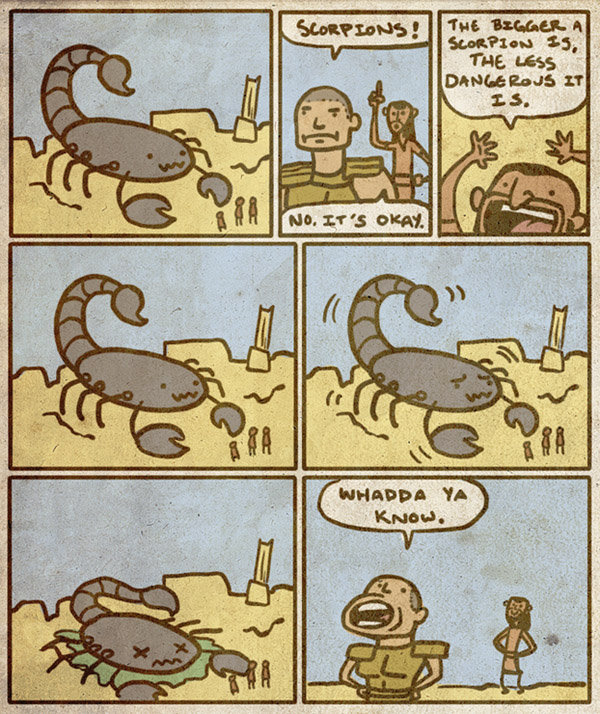00:00 - 02:0002:00 - 07:0007:00 - 09:0009:00 - 12:0012:00 - 15:0015:00 - 16:0016:00 - 18:0018:00 - 19:0019:00 - 20:0020:00 - 21:0021:00 - 22:0022:00 - 23:0023:00 - 00:00
user1182183
user1182183
user1182183
user1182183
user1182183
user1182183
user1182183
user1182183
user1182183
user1182183
user1182183
user1182183
user1182183
user1182183
user1182183
user1182183
user1182183
user1182183
user1182183
user142019
user1182183
user1182183
user1182183
user1182183
user1182183
user1182183
user1182183
user1182183
user1182183
user1182183
user1182183
user1182183
user1182183
user1182183
user142019
user1182183
user1182183
user1182183
user1182183
user1182183
user1182183
user1182183
user1182183
user1182183
user1182183
user1182183
user1182183
user1182183
user1182183
user1182183
user1182183
user1182183
user1182183
user142019
user142019
user142019
user142019
user1182183
user142019
user142019
user142019
user1182183
user142019
user142019
user142019
user1182183
user142019
user142019
user142019
user142019
user1182183
user142019
user1182183
user142019
user142019
user142019
user142019
user142019
user142019
user142019
user142019
user142019
user142019
user142019
user142019
user142019
user142019
user142019
user142019
user142019
user1182183
user1182183
user1182183
user1182183
user1182183
user1182183
user1182183
user1182183
user142019
user142019
user142019
00:00 - 02:0002:00 - 07:0007:00 - 09:0009:00 - 12:0012:00 - 15:0015:00 - 16:0016:00 - 18:0018:00 - 19:0019:00 - 20:0020:00 - 21:0021:00 - 22:0022:00 - 23:0023:00 - 00:00



